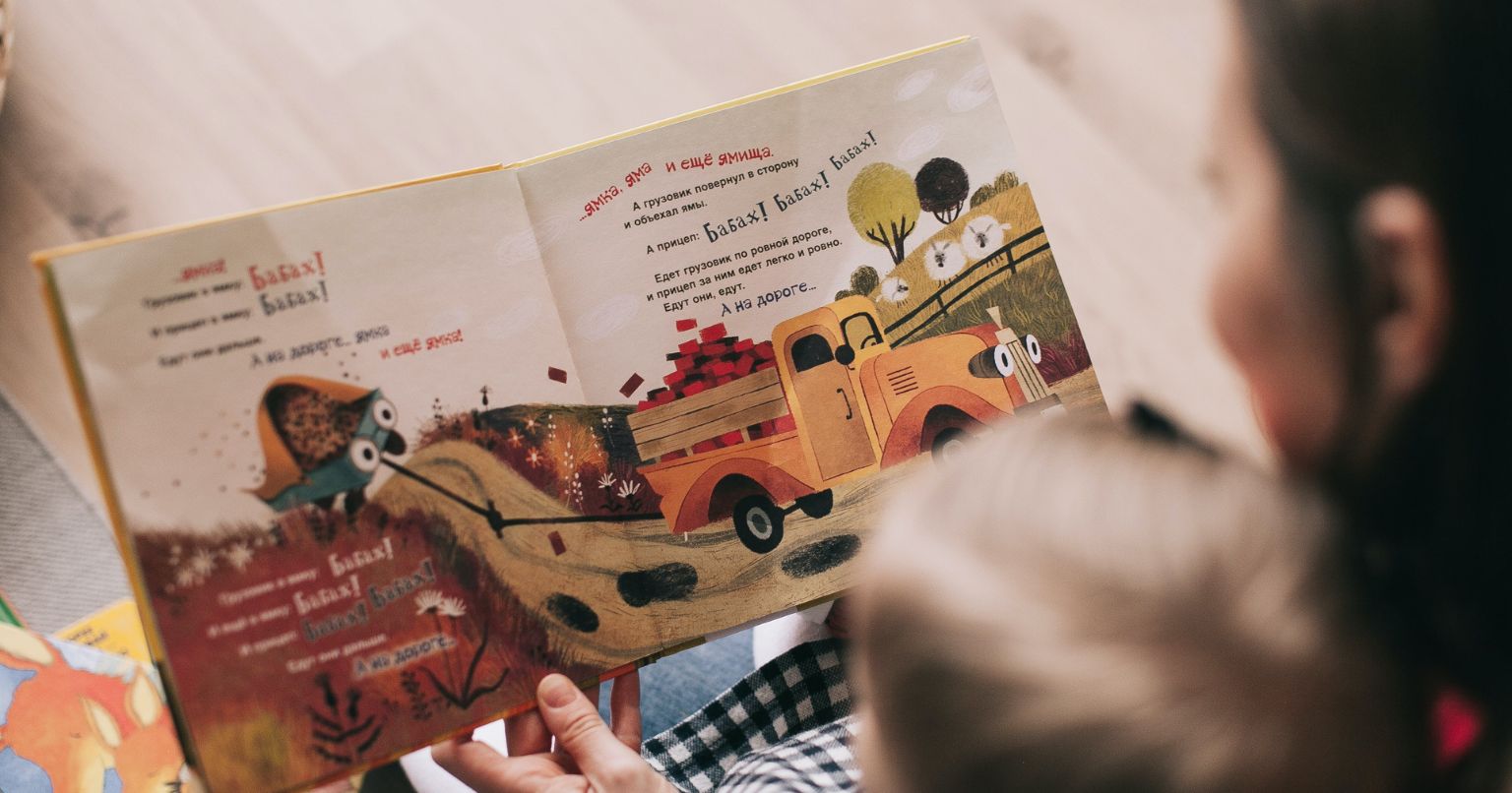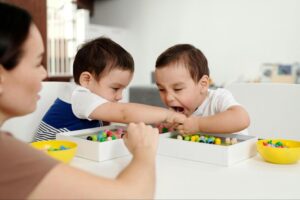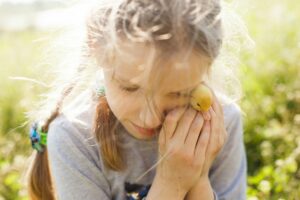Simply put, the concept of the meaning of curriculum in education goes beyond standard methods of teaching.
Adopts an active, kid-centered technique that respects the unique talents, passions, and growth needs of each kid.
It represents a comprehensive approach to education, fostering vital life skills like creativity, empathy, problem-solving, and resilience in addition to academic subjects.
Additionally, play-based learning ideas are deeply ingrained in the preschool curriculum, which acknowledges play as a child’s natural language and a potent means of experimentation, exploration, and meaning-making.
These meaning of curriculum in education include some brand-new ideas.
The nine meaning of curriculum in education that proceed provide new ideas built with preschoolers in view.
-
Curriculum for Learning Through Play:
This curriculum places a strong emphasis on learning through hands-on activities, imagination, and discovery. It also emphasizes structured play experiences that support the development of cognitive, social, and emotional skills.
-
Science, Technology, Engineering, Arts, and Mathematics, or STEAM, curriculum:
When incorporated into early childhood education, encourages curiosity, creativity, and problem-solving abilities in preschoolers, setting them up for future academic achievement and innovation.
-
Nature-Based Curriculum:
Based mostly on outdoor adventure, nature-based learning connects kids with the natural world and helps them develop an early sense of wonder, respect, and ecological literacy.
-
Cultural Diversity Curriculum:
Exposing kids to a range of customs, languages, cultures, and viewpoints fosters inclusion, empathy, and respect while fostering a global perspective and equipping them for success in a heterogeneous society.
-
Curriculum incorporating mindfulness and social-emotional learning (SEL):
Preschoolers benefit from the development of self-awareness, emotional control, empathy, and positive relationships, which lays a solid foundation for mental health and social skills.
-
Curriculum for Inquiry-Based Learning:
Preschoolers are empowered to ask questions, look into phenomena, and build their understanding of the world via practical discovery and experimentation thanks to inquiry-based learning, which fosters curiosity and critical thinking.
-
Project-Based Learning (PBL) Curriculum:
By involving kids in multidisciplinary, long-term projects that tackle current issues or topics of interest, teachers can help them develop their communication, cooperation, and problem-solving skills while also helping them grasp concepts more deeply and feel more in control of their education.
-
Curriculum for 21st-Century Skills:
This program, which emphasizes teamwork, communication, creativity, critical thinking, and digital literacy, gets children ready for the demands of the rapidly changing global economy and their future employment.
-
Curriculum Based on the Reggio Emilia Approach:
This child-centered approach, which is inspired by the Reggio Emilia philosophy, sees preschoolers as capable, inquisitive learners who actively construct knowledge through meaningful experiences, peer collaboration, and expressive languages like art, music, and movement.

Read Also: 9 Step More Genuine The Best Parenting Tips For Students
FAQs:
-
What is meant by curriculum?
The arranged educational opportunities that pupils are provided with are referred to as the curriculum. Learning’s “what,” “why,” “when,” “where,” “how,” and “with whom” are all included.
-
What kind of material is covered in a curriculum?
Subject, grade level, and learning objectives all influence the content. It might consist of abilities, attitudes, values, and knowledge.
-
How do you go about developing curricula?
- Clearly defining learning objectives and results is known as goal setting.
- The process of creating educational resources, exercises, and methods that promote learning is called instructional design.
- Designing evaluations that are in line with learning objectives allows you to track students’ progress and accomplishments.
- Implementation: Using the curriculum in classroom environments.
-
What is the curriculum’s role in education?
A curriculum’s main goal is to offer a structure for planning and carrying out educational activities that advance students’ growth and learning. It gives administrators guidance on how to evaluate and support learning outcomes, teachers guidance on what to teach, and students guidance on what to learn. A curriculum also contributes to ensuring coherence, consistency, and alignment among educational programs and establishments.
-
What opportunities and difficulties do curricular reforms present?
Important factors to take into account are guaranteeing equity, incorporating new knowledge, and balancing varied requirements.
Conclusion:
The term meaning of curriculum in education is changing, but it still includes a wide range of strategies meant to support students’ overall growth. Modern curriculum concepts prioritize a whole educational experience, from embracing active, child-centered techniques customized to individual requirements to promoting critical life skills alongside academic content. In addition, the incorporation of play-based learning emphasizes the understanding that children’s natural curiosity and inventiveness serve as the cornerstones of significant inquiry and learning.
Don’t miss it: True education releases capacities and develops analytical abilities, confidence, will, and goal-setting




